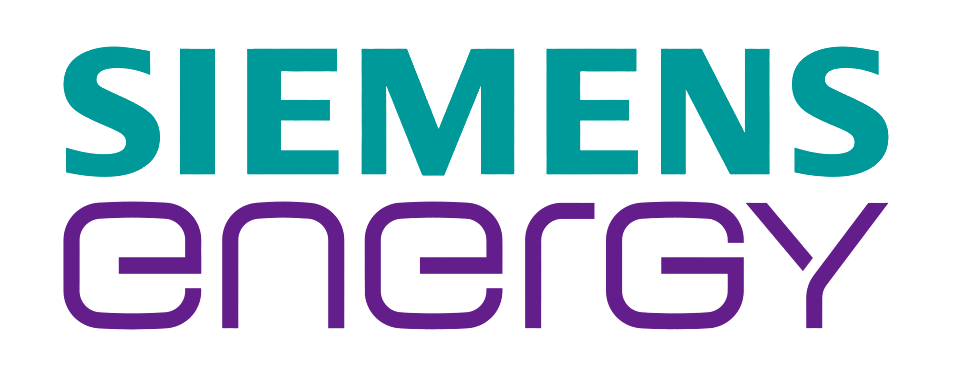Material Risks in Defense
 Chemicals & Materials
Chemicals & Materials
What does today’s seismic shift in government defense strategies mean for tomorrow’s critical chemicals, materials, supply chains, and innovation?
As 2025 pivots towards an industrial landscape where security trumps sustainability and local resilience will redefine global trade driven by China, we ask what this new reality means for the widespread supply-chains used in the defense industry. From metals and minerals to chemicals, semiconductors, and gases, these materials are at the heart of critical innovations.
| Driven by enhanced performance, durability, and adaptability needs in warfare, future defense materials will be shaped by advancements in material science, nanotechnology, and engineering. However, the environmental and geopolitical implications of preferred raw materials will grow as demand clashes with supply.
Imagine if… …Europe invests in large-scale, localized material supply chains and so no longer sources chemicals, materials or defense products from China or USA? …to support its security strategy and investments, the EU gives “defense exemptions” from sustainability and circularity regulatory frameworks – yet still enforces such regulations for non-military applications? …chemical and material price dynamics are re-written by extreme demand growth for defense products driven by geopolitical strategy rather than markets? |
 |
Download our report for deeper insights as to what this upheaval may mean for future chemicals industry strategy.
Book a short meeting with our chemical and materials strategists to explore how FutureBridge can help you de-risk your supply chain, align with shifting policies, and capture growth in a geopolitically charged market.



 2 min read
2 min read
































